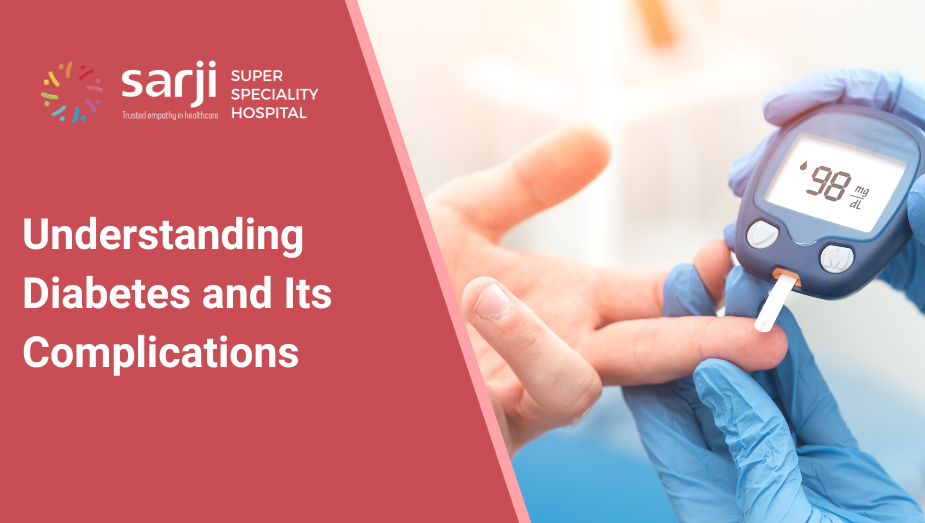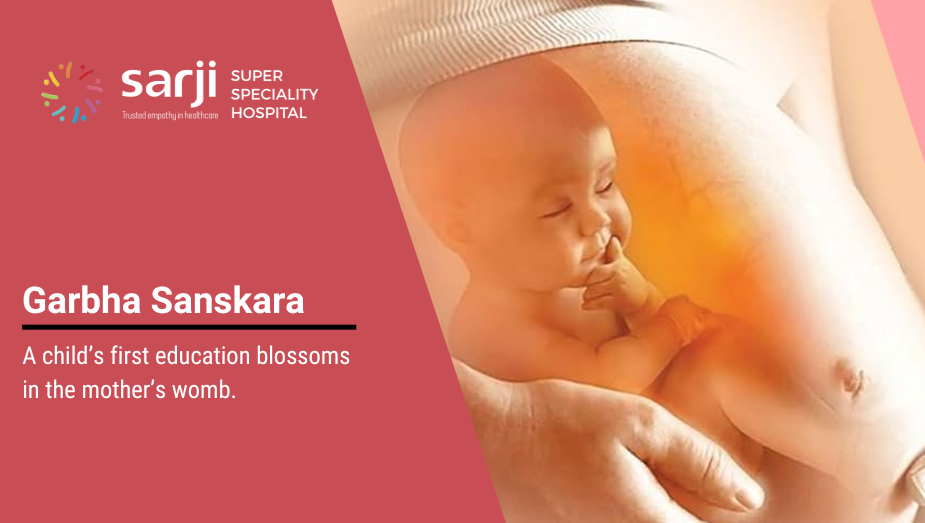Polysomnography (PSG) is a systemic process of measuring certain physiologic parameters in sleep. This is done to detect sleep-related breathing disorders and also other sleep disorders.
PSG (sleep study/polysomnography) assessment.
PSG is necessary to understand the sleep stages and cycles. By using sensors connected to the body, sleep stages are recorded using devices like electroencephalogram (EEG), electromyogram (EMG), electrooculogram (EOG), Electrocardiogram, audio and video recording for snoring, body, and leg position, devices that record nasal airway pressure, respiratory effort monitor, and pulse oximeter.
There are various levels of Sleep study like Level I to Level IV. Based on your symptoms, assessment, the Pulmonologist/Sleep expert shall decide on suitable level of PSG for your health assessment.
Indications of PSG
PSG is used to detect sleep-related breathing disorders. This is indicated in mainly sleep disorders like
- Obstructive sleep apnea - where breathing is interrupted during sleep due to blockage in air passage mechanism either lungs or airways.
- Central sleep apnea, another sleep condition where breathing is interrupted due to lack of respiration mechanism in CNS or due to neuromuscular disorders.
- To evaluate response after surgery in OSA
- Apart from these PSG is also used to detect
Night-time seizures during sleep, narcolepsy, Periodic limb movement disorder, Rapid eye movement sleep behavior disorder.
PSG is also used to detect unusual sleep behaviors like walking, moving, and giving rhythmic movements in sleep and those having trouble falling asleep.
Contraindications :
- PSG is not indicated in
- Parasomnias – a condition that has abnormal behavior in sleep
- Daytime seizures
- Restless leg condition
- Circadian rhythm disorders
- Other conditions like sleep talking, bruxism, and nightmares
Interpretation of the PSG
Based on the recordings a lot of information can be gathered about an individual’s sleep pattern. Airflow, saturation and muscle activity are all recorded during the sleep study. A drop in the airflow for about 10 seconds is called obstructive apnea (OA), whereas partial drops are called obstructive hypopneas (OH). The apnea-hypopnea index (AHI) is obtained by taking an average of these events.
- AHI index of 5 or less – normal
- AHI index of 5-14 – mild OSA
- AHA index of 15-30 – moderate OSA
- AHA index of >30 – Severe OSA
Any abnormal brain waves and eye movements during the various stages of the sleep cycle indicate sleep disorders like narcolepsy or REM behavior disorder.
Frequent movements of limbs in sleep may indicate periodic limb disorder.
Risks and complications
This test has no associated risks or complications except for mild irritation due to the usage of the adhesive to attach the electrodes. PSG results may be influenced by factors like the location where the test is taking place as one may not be comfortable sleeping in a sleep centre. Medications can also alter the results of the PSG. Equipment inaccuracies due to malfunctioning of the cables can lead to abnormal PSG findings. Sometimes it is not possible to secure all the findings in one night’s sleep.
Conclusion:
PSG is a powerful tool that can diagnose sleep disorders. They can identify treatable sleep disorders that reduce the quality of life of an individual. By diagnosing these disorders PSG plays a vital role in managing various sleep-related disorders.
Doctors








